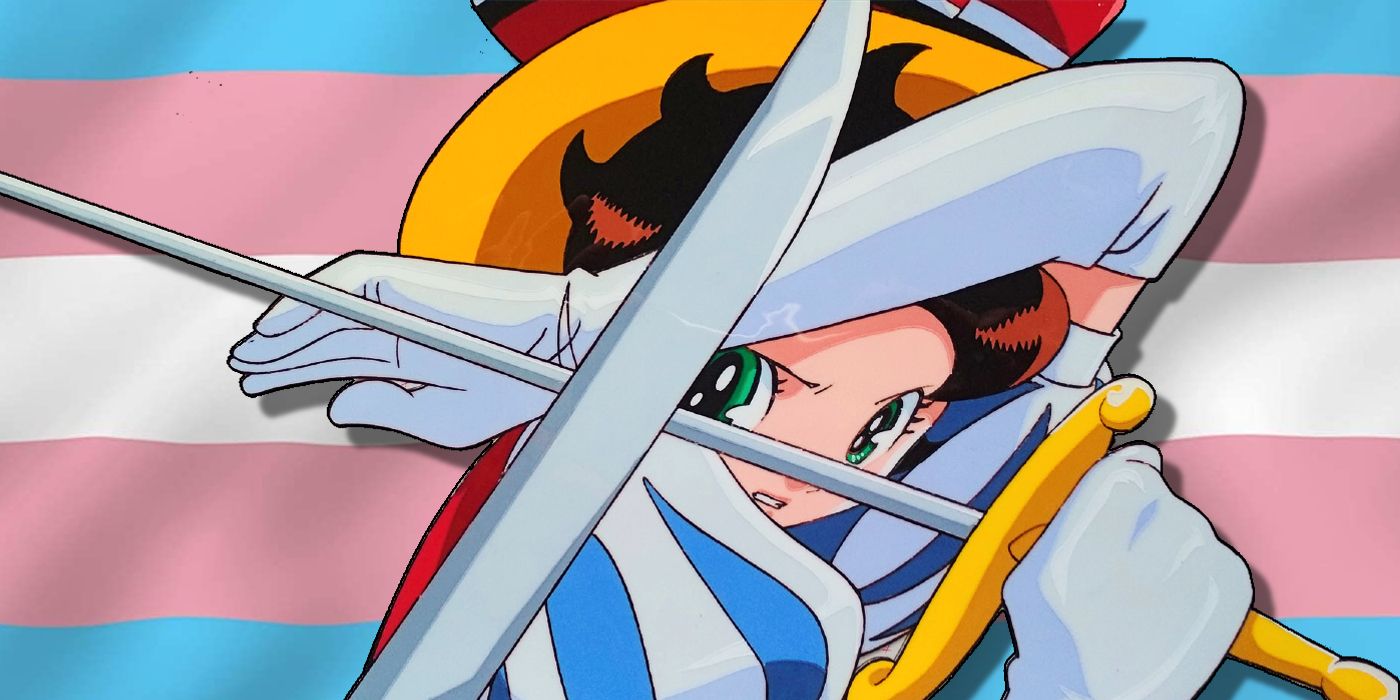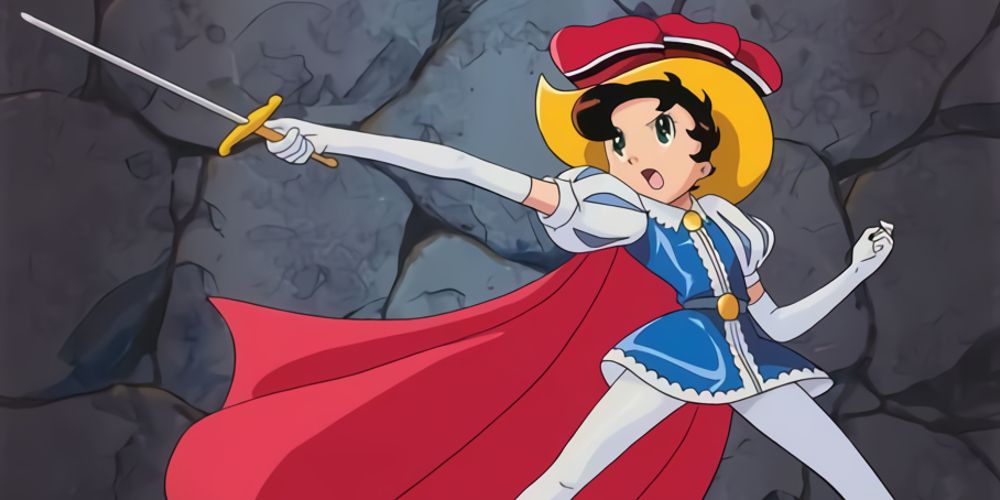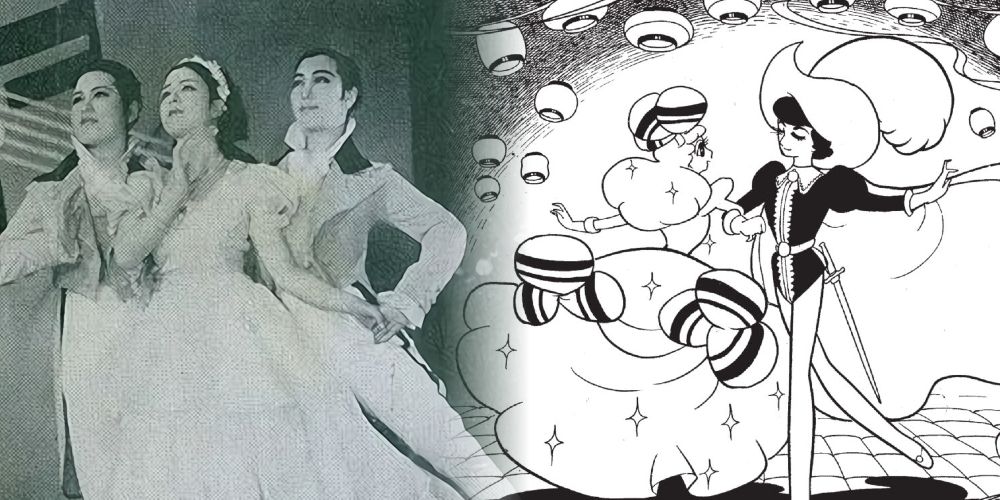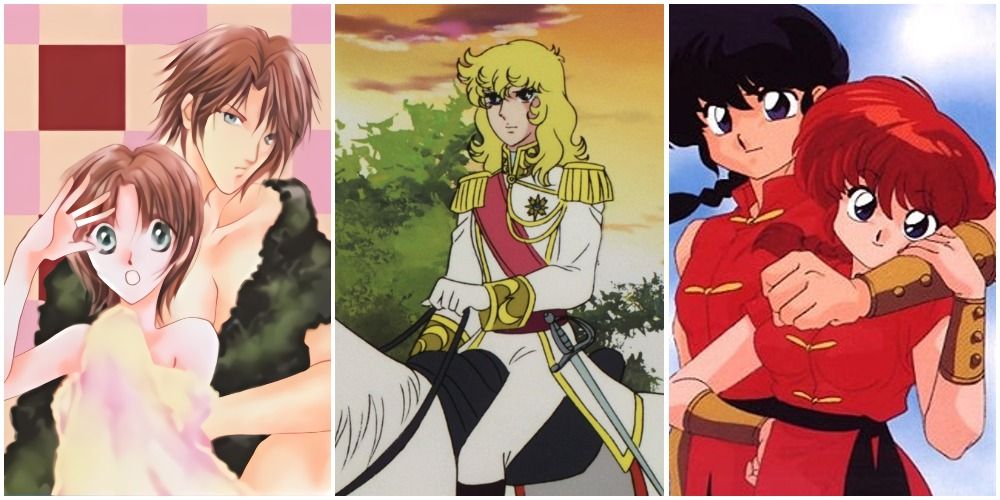The father of manga Osamu Tezuka created the original Princess Knight manga back in 1953. It featured the story of a princess a blue heart of a boy and a pink heart of a girl. Her father declares her to be a boy from birth in order to avoid the evil Duke Duralumon from inheriting the throne. The story would go on to be one of Tezuka's most influential works beginning trends in shojo manga still seen today.
Many of Princess Knight's elements would go on to inspire series exploring sexual orientation and the gender binary across the years like Ranma ½, The Rose of Versailles, Revolutionary Girl Utena, and even Sailor Moon. With so many debates surrounding its portrayal of gender roles over the years, was Tezuka the mind behind the first-ever anime with transgender themes?
Princess Knight - Too Controversial For NBC
While one of the weaker arguments, it has been suggested that Princess Knight may be the first anime with a transgender main character due to why NBC Universal refused to pick up the show for syndication. Despite it receiving an anime adaptation in 1967, it took much longer to reach western audiences unlike other shows of the time like Kimba the White Lion and Astro Boy. This is because NBC Universal was afraid of the queer themes in the show.
According to Fred Ladd's book Astro Boy and Anime Come to the Americas, NBC Universal declined to purchase the show because “station buyers who would either buy, or reject, this series would reject it, on their perception that this series was all about 'sex switch.'" This allowed the creator of the Felix the Cat TV series Joseph Oriolo to purchase the distribution rights, eventually editing three episodes together as a film titled Choppy and the Princess that was picked up by independent stations for syndication.
The distribution of the show to other countries was extremely confusing throughout the years because of NBC's initial refusal with it taking until 2013 for Nozomi Entertainment to release the series in full within the United States.
Content Warning: The following section contains mentions of suicide.
The Queer Inspiration Of Princess Knight
One of the biggest influences for the Sapphire, the main character of the series, came from the Takarazuka Revue. The all-women's theater troupe formed all the way back in 1913 and has always had women playing the "male" roles in their productions. While this seems little more than gender bending on the surface, the revue has a bit of a history with queer relationships and fans.
The Takarazuka Revue and similar performance companies faced several controversies due to the lesbian undertones of their performances. Many lesbian women wrote love letters to performers, fans falling in love with what they deemed ideal women on the stage. Unfortunately, once many realized they could never actually have these ideal partners and their love would not be accepted by most in society, resulted in wide cases of lesbian suicides. Two lead actresses from the Shochiku Revue, a similar performance company, attempted to commit a double suicide over their lesbian relationship. In fact, the issues of attempted double suicides between lesbian lovers became so commonly reported on in Japanese newspapers of the time that some outlets even fabricated stories to try and get more sales.
With these issues becoming so prevalent, the owner of the Takarazuka Revue at the time, Kobayashi Ichizo, placed a ban on actresses receiving fan mail of any kind. The company also started placing strict control on their actresses, forcing requirements for them to remain virgins and to not date anyone during their time with the company. While the company has relaxed slightly since that time, it is plain to see that the Takarazuka Revue does not want discussions of lesbians anywhere around their business after the issues they faces in the 1930s.
It isn't hard to believe at a time shortly after the country was rocked by the deaths of many women forced to hide themselves and their true identities from the world that a character like Sapphire would be brought into existence; inspired by the theater troupe that was at the center of these controversies. Sapphire is forced to live as a man when she wants to be the woman she knows she truly is. While it may not have been intentional on Tezuka's part, it is the kind of story steeped in queer history that transgender people would identify strongly with.
The Legacy Of Princess Knight On Anime
The influence of Princess Knight can be seen in anime considered staples to watch during Pride Month. Shojo classics like The Rose of Versailles, Revolutionary Girl Utena, and The Sword of Paros all have their roots in this piece of Tezuka's work. These feature characters with women that present as men, sometimes because they have to, and other times because they want to. These are all series that members of the transgender community have discussed as early moments of awakening for them.
The same can be said for Ranma 1⁄2, where its main character has a curse that changes them into a girl when splashed with cold water. Throughout the series, Ranma does actually come to accept said "curse" even saying that it may not have been so bad at all and the girl side of him was always a part of him that he hadn't noticed before.
Princess Knight has not only received full-blown musicals based on the story, but is considered so integral in the history of anime and manga that is has been remade twice. Sapphire: Princess Knight began serialization in 2008 and ended in 2009 compromising of four volumes of work. Re:Born: Kamen no Otoko to Ribon no Kishi was created to honor the series' 60th anniversary. The reboot lasted for forty-three chapters before coming to an end.
Is Princess Knight The First Transgender Anime?
Without Osamu Tezuka being alive to answer the question, we will likely never know if there was some influence on the lives of transgender people on the story of Princess Knight. While it has obvious influences from queer communities and resonates strongly with trans viewers, it wouldn't be fair to say that it was made with those viewers in mind.
It is currently accepted by most that the first manga to have a canonically trans character would be Claudine, the titular character from the 1978 story written by Riyoyo Ikeda just one year before her other work The Rose of Versailles debuted. However, Princess Knight is often brought up in these arguments as the obvious predecessor even to this day. So while we may never know for sure, the adventures of Sapphire are ones that will surely ring true within any transgender viewers who track down this classic anime of the 60s.





